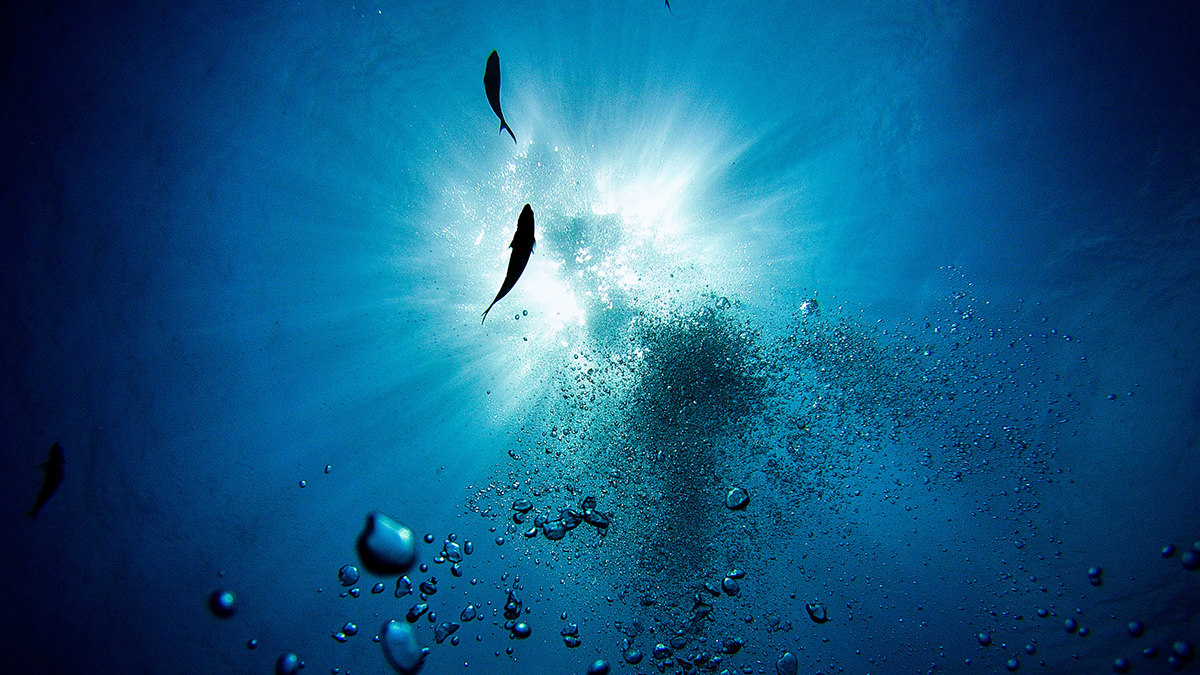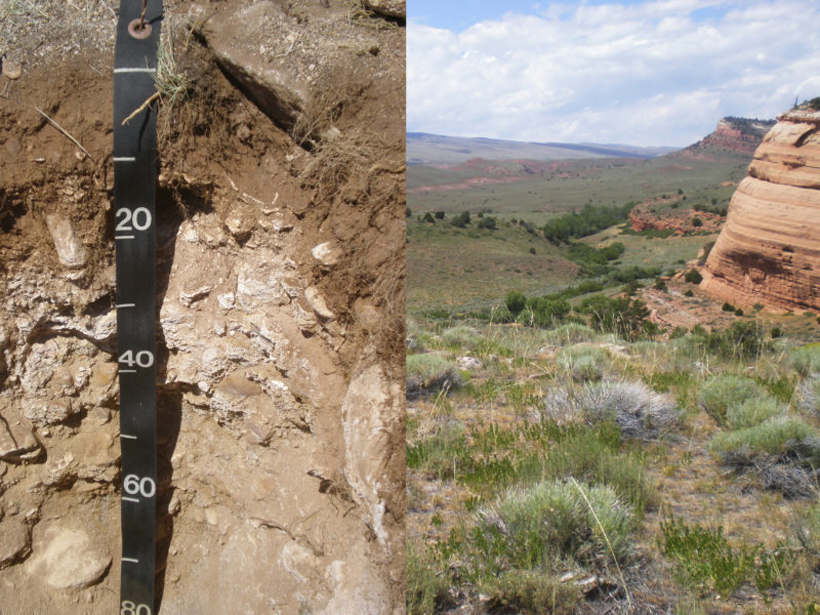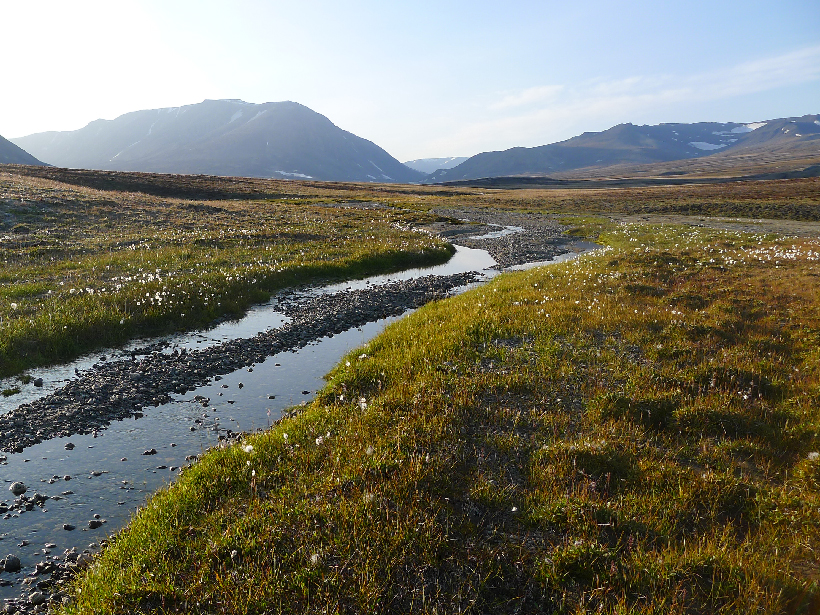Radiocarbon in roadside plants revealed a decline in auto emissions during COVID lockdown and a 2021 rebound. Could this improve emission estimates in countries without CO2 monitoring infrastructure?
biogeochemistry
Substantial Advance Towards a Global Coastal Carbon Model
First simulations of a new biogeochemistry-circulation coastal grid refinement demonstrate seamless inclusion of small-scale coastal processes in a state-of-the-art Earth system model.
Short-Term Events Can Shrink the Habitable Zone in Oceans
A new study looks at habitat reduction during low-oxygen events, spurring the question, Could short-term events provide a window into the long-term health of oceans?
Small Catchments Sustain Silicon Signatures Following Storms
Watersheds have unique patterns of silicon export due to differences in subsurface water routing and biogeochemical reactions.
A Sharper Look at the World’s Rivers and Catchments
Digital hydrographic maps have transformed global environmental studies and resource management. A major database update will provide even clearer and more complete views of Earth’s waterways.
Evaluating the Impact and Reach of Biogeochemical Cycles
A new book examines flow of the elements in the biosphere from biological drivers to human influences, and explores the analytical and computational methods used to access biogeochemical cycles.
Cloud-to-Ground Lightning May Have Struck a Key Ingredient for Life
On early Earth, rock created by lightning strikes to the ground likely held a form of phosphorus necessary for prebiotic chemistry.
Exploring the Engine and Drivers of Soil Formation
A new book presents a multidisciplinary perspective on soil, exploring it as a nexus for water flow, near surface (bio)geochemistry, erosion and deposition, and biologically coupled nutrient cycling.
Implications of Sea Ice Management for Arctic Biogeochemistry
Geoengineering strategies to slow sea ice melting would affect not only Earth’s climate but also the biology and chemistry of the oceans, atmosphere, and ice.
How Will Climate Change Affect Arctic Stream Slime?
Rising temperatures and thawing permafrost will change nutrient concentrations in Arctic waterways, which will influence the growth of biogeochemically important biofilms.










